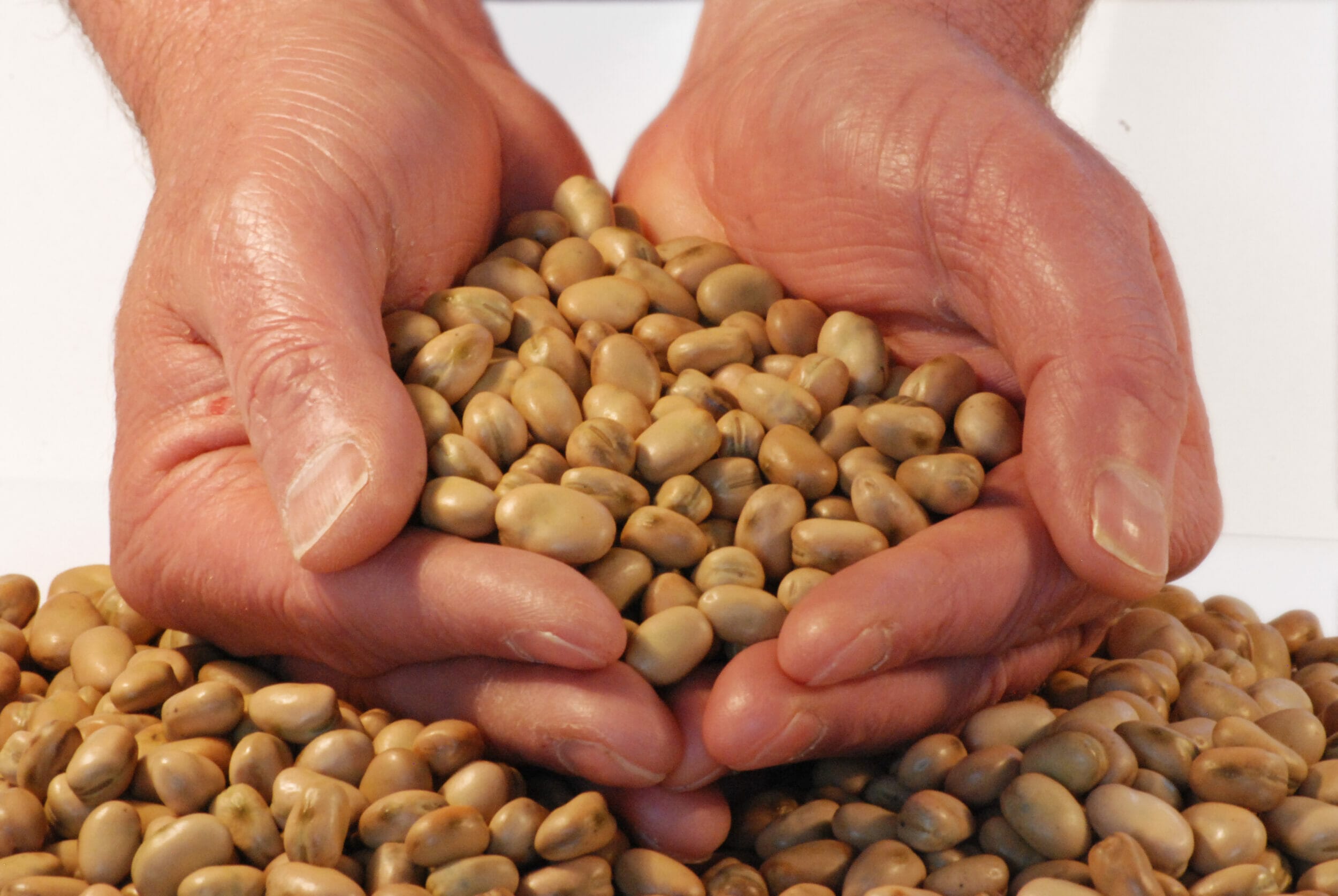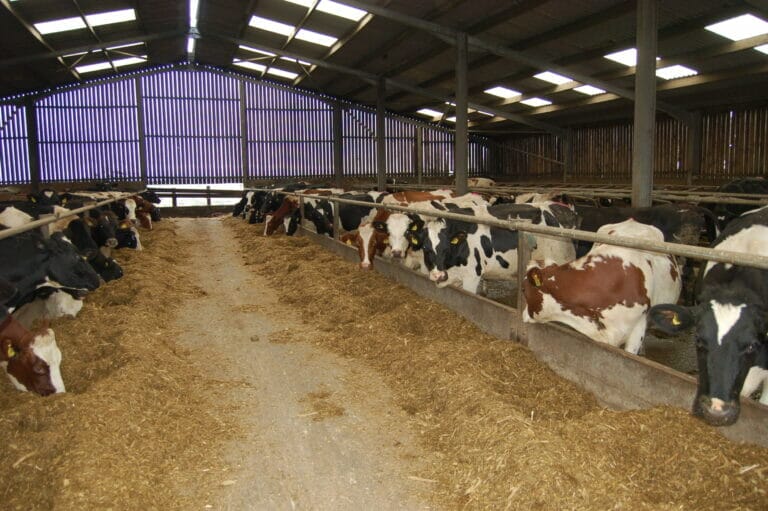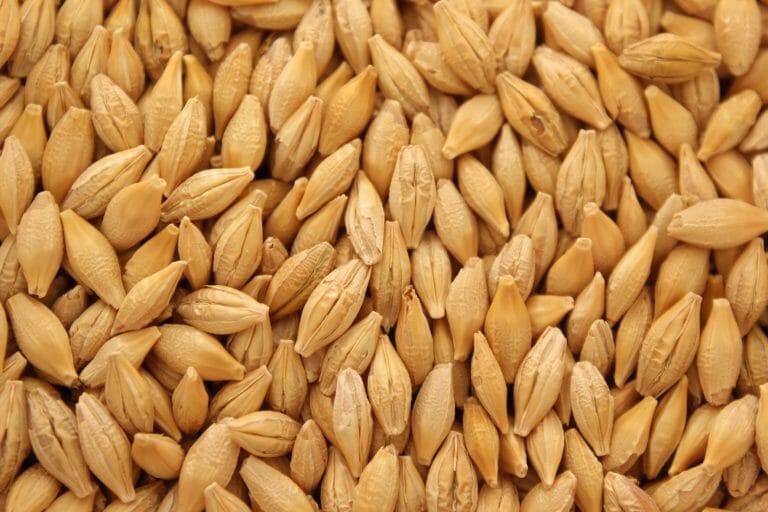
International cooperation showing positive results for Limagrain UK’s Pulse Breeding Programme
Limagrain’s pulse breeding programme focuses on winter and spring peas and beans. We are a multinational breeding team based in Europe and the UK and target a global pea and bean market.
Pulse breeding is centred in Rilland in the Netherlands, which is on the same line of latitude as London. The programme is spearheaded by pulses breeder Will Pillinger, along with his team consisting of Corrie Dekker (assistant breeder), Jaenet Ter Schure (assistant molecular breeder), Evelien Bakker-Breker (breeding assistant) and Lucie Collins (trials manager).
 Major markets targeted include France, Germany and the United Kingdom, but we also breed for other markets within Europe and North America.
Major markets targeted include France, Germany and the United Kingdom, but we also breed for other markets within Europe and North America.
The EU Market for peas and beans is worth €10 million and the specific types of peas include green seeded types (€1.8m) for human consumption and yellow peas (€3m) for animal feed.
Field beans (€4.7m) make up roughly 1/3 of our breeding activities across spring and winter types, with our main market being the UK. Key traits for peas and beans are excellent agronomics, yield, quality and protein content.
The other targeted traits we look to develop include; resistance to lodging, Aphanomyces tolerance, tolerance to cold, Downy Mildew and Powdery Mildew and FEBRUARY 2022 GatePost Pea Seed borne Mosaic Virus (PSbMV), maturity and plant architecture.
The core activities for breeding comprise of crossing, early generation selection and seed production. Although we have many breeding targets for peas, there are some specifics for the human consumption market that are key, such as excellent seed colour retention.
When harvested at the right time, peas will retain the blue green appearance. They will quickly lose their colour if not harvested or stored correctly.
In 2021, we entered 15 varieties into National Listing across Europe and the UK. For a small breeding programme, that is a significant number and gives an idea of the potential challenges of being successful in each target market. As a result, the pressure on the seed purification team can be high.
Further developments over the next couple of years will be the ability to measure yield performance of our breeding material during the first year of field assessment. Additionally, the development of techniques to predict the performance of material without testing in specific environments, will help to advance the output of high performance varieties from the pulse breeding programme.
We are excited about the future of pulses and Limagrain have backed the programme with significant investment to further modernise our activities.
































